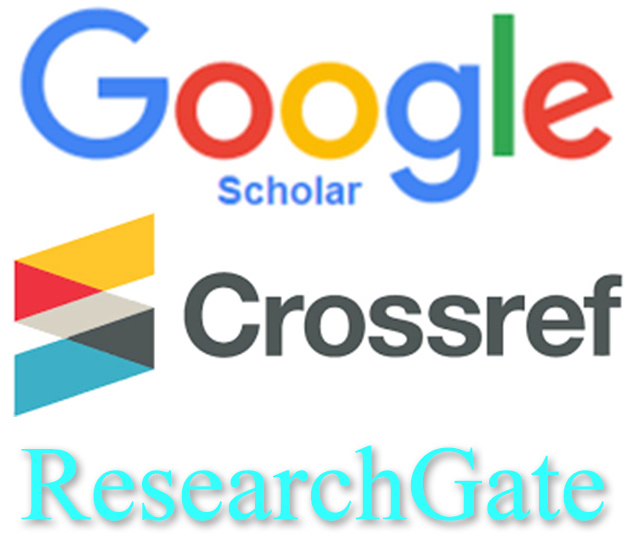

Manuscripts should be submitted in MS-Word files by one of the authors of the manuscript through the online submission system. Submissions by anyone other than one of the authors will not be accepted. The author needs to prepare two different files; a Title page which includes the title of the article, author names, and affiliations and the main documents without author information.
Authors are suggested to provide the names of four well-qualified reviewers. Current e-mail addresses must be provided for all suggested reviewers. IJMT reserve the right to the invited author’s suggested reviewers or send it to any other expert reviewers.
If for some technical reason online submission is not successful, the author can submit the manuscript to; info@ijmthk.com
The main structure/style of the manuscript IJMT shall be as follows:
Title (font size 12, Times New Roman):
Active verbs are used instead of complex noun-based phrases. It is around 10 to 15 words long and summarises the main idea or ideas of the study.
Abstract (150-200 words):
It discusses a compact view of the research problem, purpose of study, research design and key findings.
Keywords (six-eight):
It does not use words or phrases from the title and supplements the title's contents. These are descriptive, representing key concepts and nouns.
Introduction (and background):
It describes the purpose, scope, context, significance, background, hypothesis(es), question(s), brief methodology, outcome(s), and outline of the remaining structure/organisation of the article.
Literature Review (relevant literature/sources)
It gives a description, summary, and critical evaluation of sources explored in relation to the research problem(s) being investigated.
Conceptual and Theoretical Framework (or Model):
The conceptual framework presents/makes the construction of the study clearer, cleaner, and more straightforward; and the theoretical framework within it explains the relationships that are explored within the study.
Research Methodology (methods and materials):
It describes the actions taken for the investigation of the research problem and the rationale for the application of the specific procedures or techniques used to identify, select, process, and analyse the information applied to understanding the problem.
Results (if applicable):
It reports the results of the study based upon the methodology(ies) being applied and in a logical sequence without bias or interpretation if data is generated from the author’s own research.
Discussion (and findings):
It interprets and describes the significance of findings in light of what was already known about the research problem(s). It explains new understanding or insights being emerged based on studying the problem. It is connected to the introduction through research questions and/or hypothesis(es) and the literature being reviewed for the study. It discusses study results and compares it with recent research in the field.
Conclusion (suggestions and future direction):
It helps the readers to understand why the research should matter to them. It gives a synthesis of key points and, (if applicable), suggests new areas for future research.
References (list of cited sources):
It contains a list of updated published and unpublished material on the topic, including research articles from internationally reputed journals, especially those indexed in WOS, Scopus etc. References should follow APA style (latest edition).
Copyright 2023 - All rights are reserved by International Journal of Management Thinking (IJMT)
Publisher: United Frontiers Publisher
This work is licensed under a CC BY 4.0 license. ![]()
